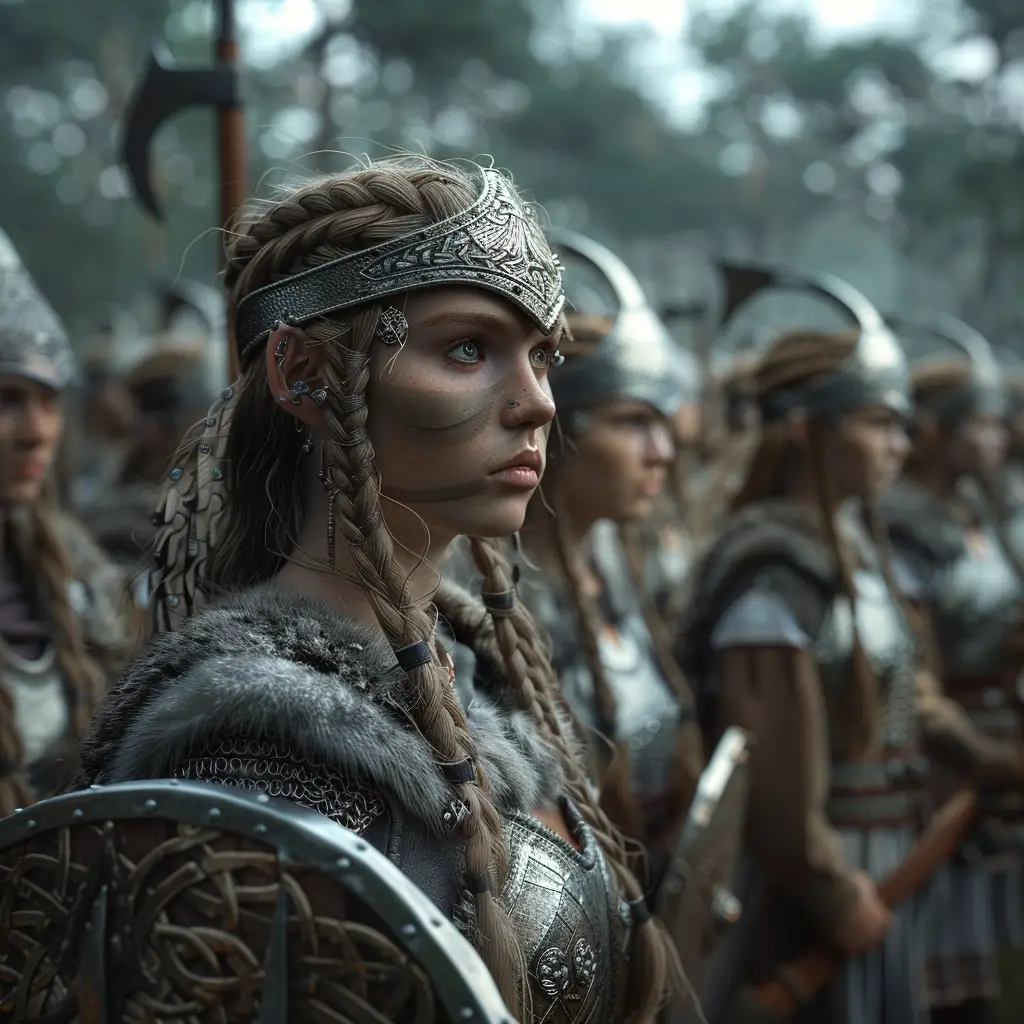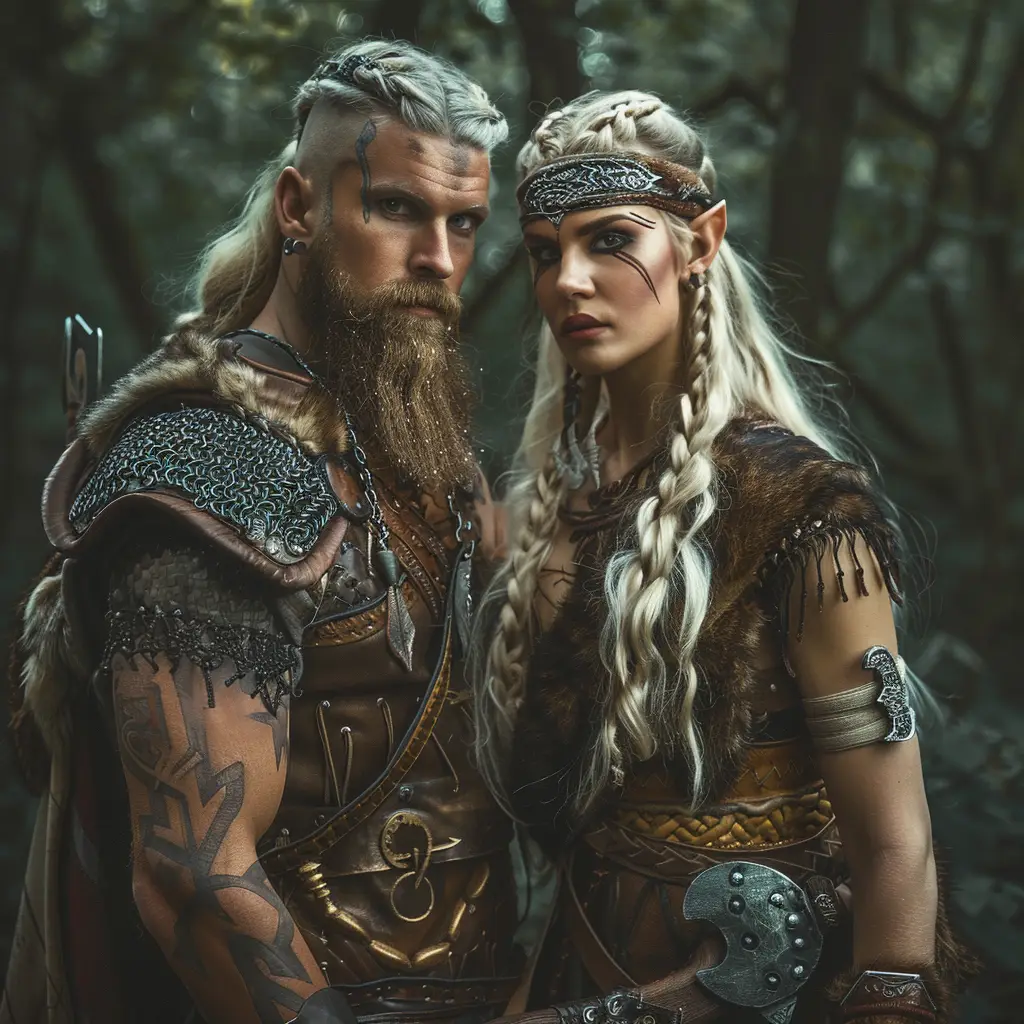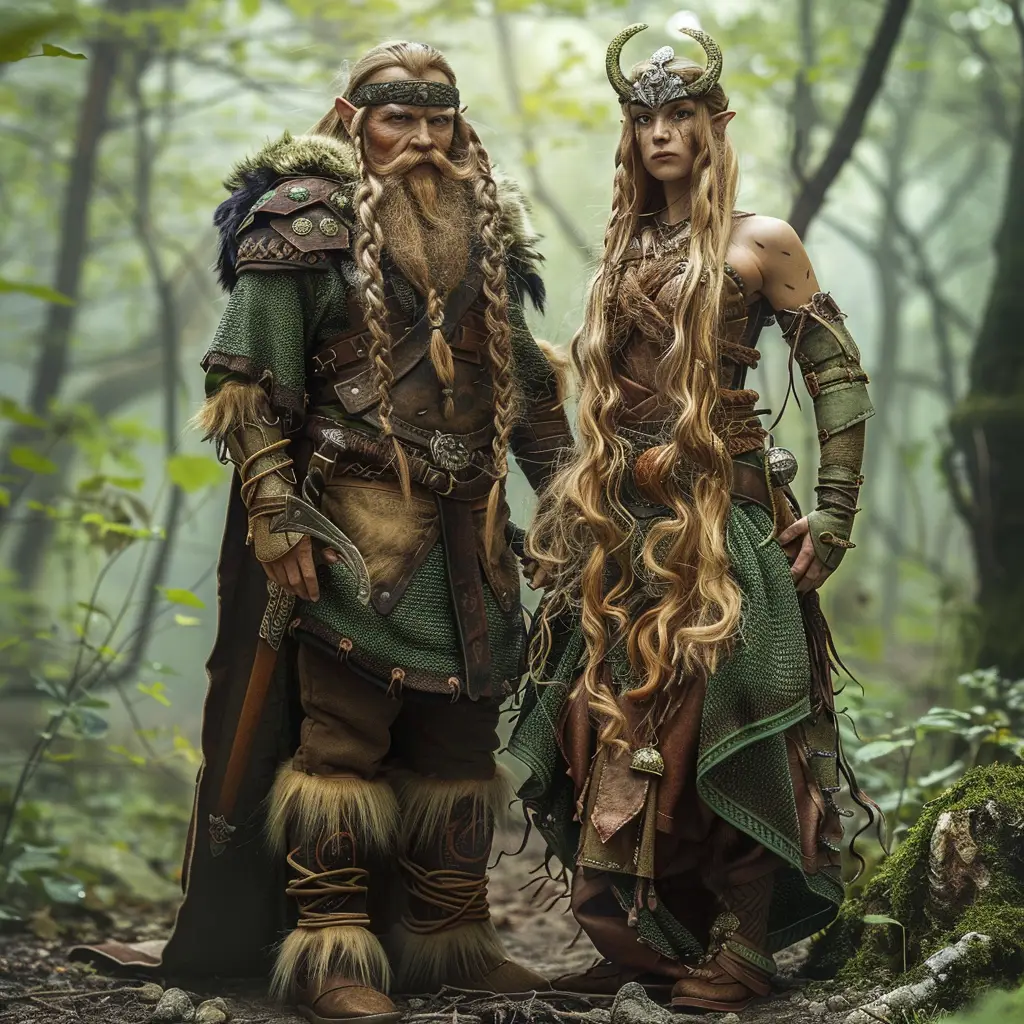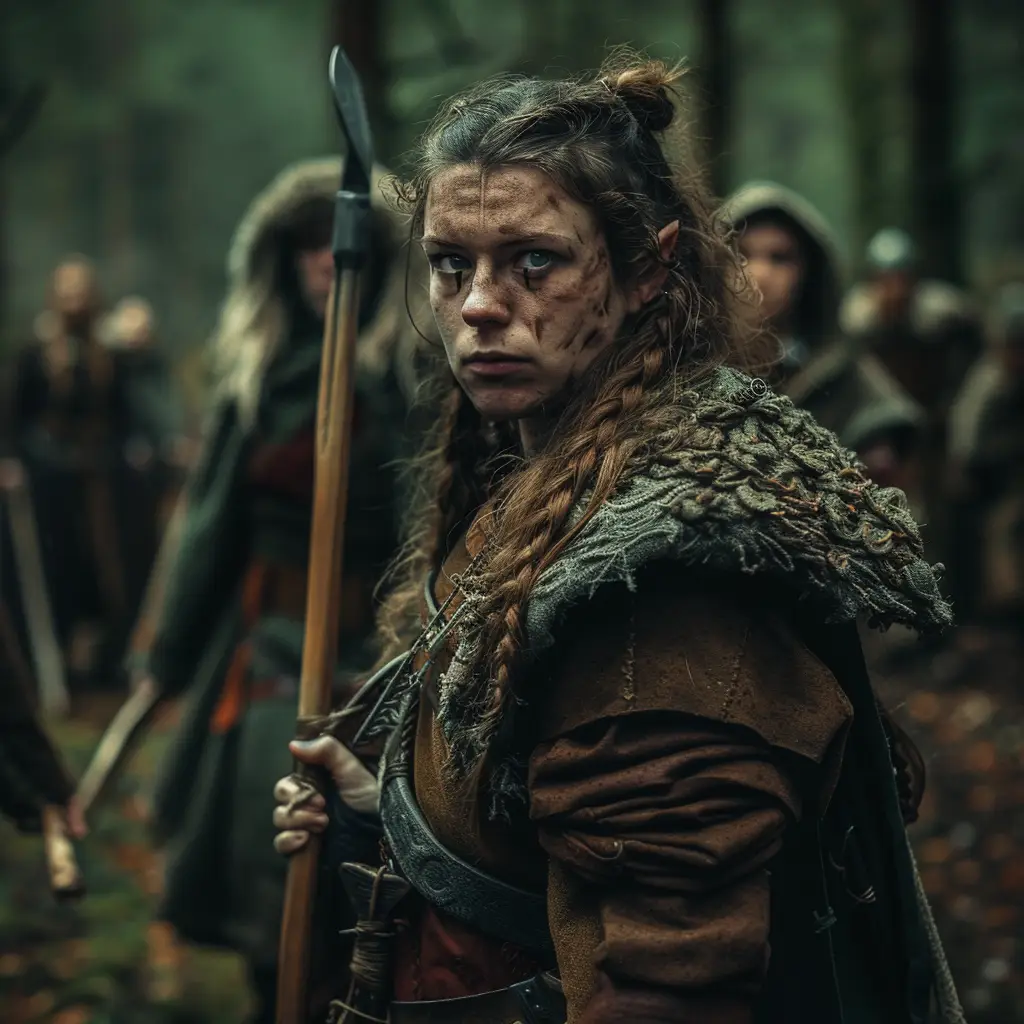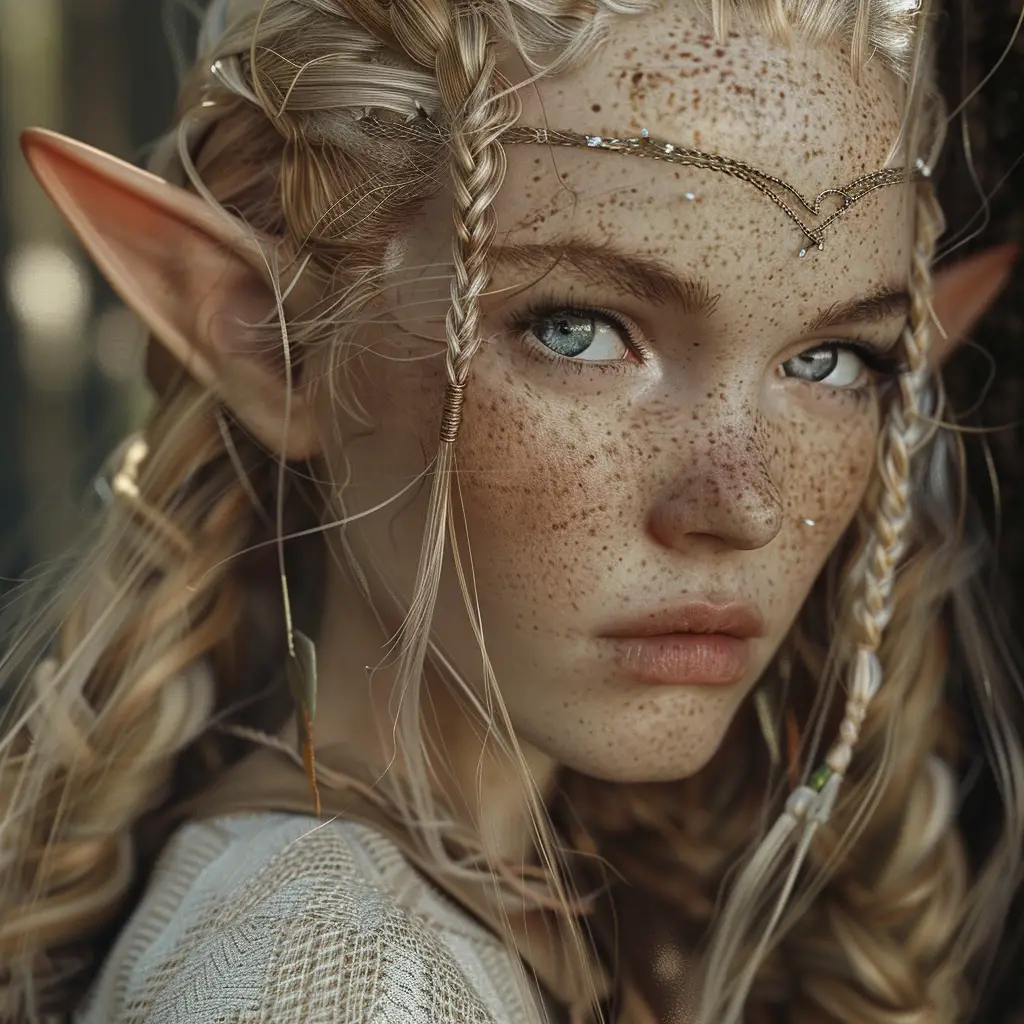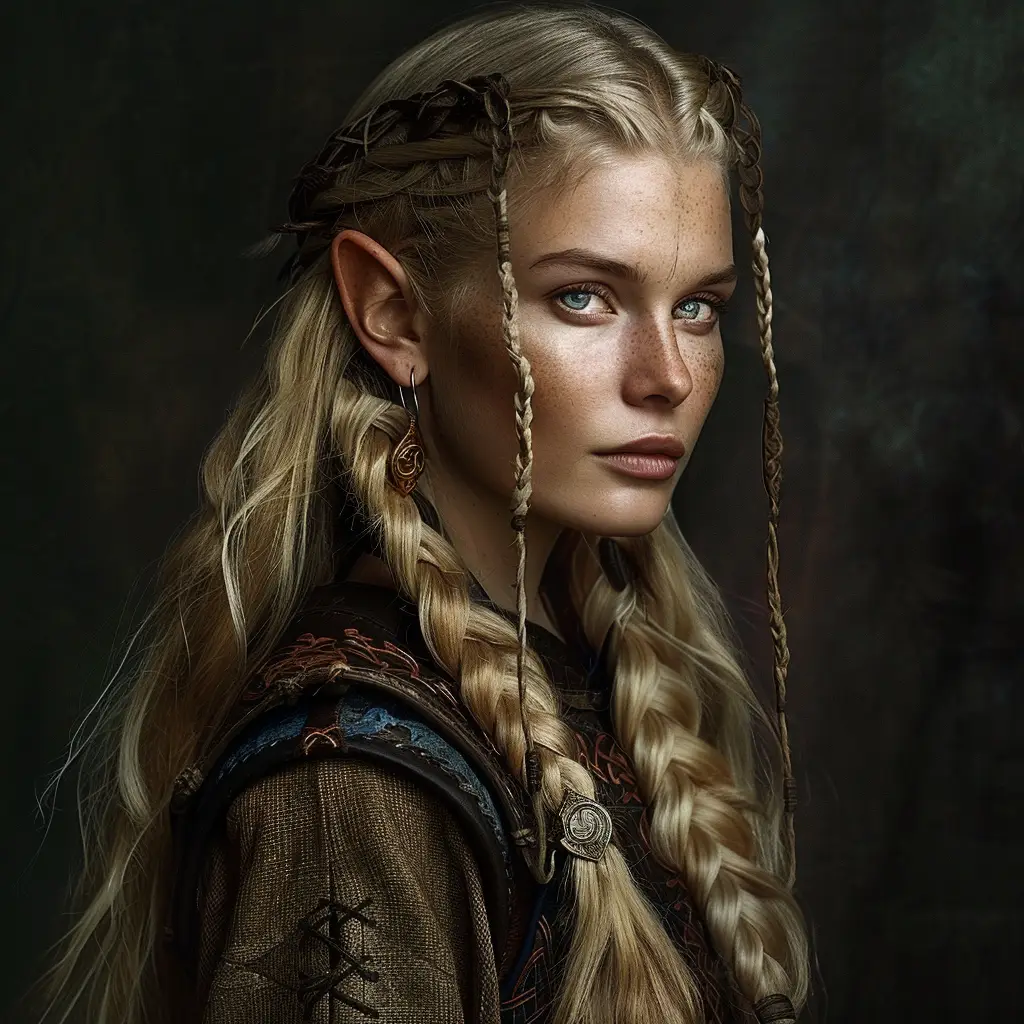In Norse mythology, elves are known as “álfar” (singular: “álf”). These beings are often depicted as beautiful and ethereal creatures, residing in Alfheim, one of the Nine Worlds in Norse cosmology or Svartálfaheimr. Elves are associated with nature, magic, and fertility. They are sometimes depicted as guardians of forests and wilderness areas. Unlike the diminutive elves of some other mythologies, Norse elves are often portrayed as beings of human size or even larger.
Elves in Norse mythology are considered to be closely connected to the gods, particularly Freyr, the Norse god of fertility, prosperity, and sunshine. Some accounts suggest that elves are descendants of the god Freyr himself.
Elves also appear in various Norse myths and legends, often interacting with gods and humans alike. They possess magical abilities and are sometimes depicted as skilled craftsmen, creating intricate works of art and magical objects.
However, Norse mythology doesn’t provide as extensive a lore on elves as some other mythologies do, so much of what we know about them comes from interpretations of scattered references in Norse texts and folklore
In Norse mythology, along with the álfar (elves), there are two distinct groups: the Dökkálfar and the Ljósálfar.
Dökkálfar -The Dökkálfar, meaning “Dark Elves” or “Black Elves,” are often associated with the underground or subterranean realms. They inhabit Svartálfaheimr, also known as Nidavellir, which is sometimes considered a separate realm from Alfheim, the realm of the elves. The Dökkálfar are sometimes depicted as sinister or malevolent beings, contrasting with the more benevolent Ljósálfar. However, the exact nature and characteristics of the Dökkálfar are not extensively detailed in surviving Norse sources.
Ljósálfar – The Ljósálfar, meaning “Light Elves” or “Bright Elves,” are associated with light, beauty, and the upper realms. They inhabit Alfheim, which is considered a realm of light and beauty. Unlike the Dökkálfar, the Ljósálfar are typically depicted as benevolent and graceful beings, closely connected to nature and fertility. They are often portrayed as beings of great beauty and wisdom.
These two groups of elves are mentioned in Old Norse poetry and literature, but their exact nature and characteristics are subject to interpretation due to the fragmentary nature of Norse mythology sources. The Dökkálfar and Ljósálfar are often seen as representing dualities within the cosmos, such as light and dark, upper and lower realms, or benevolence and malevolence.
